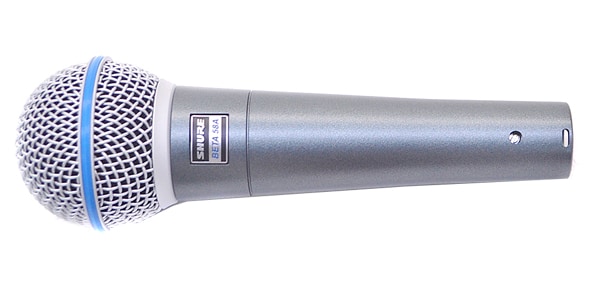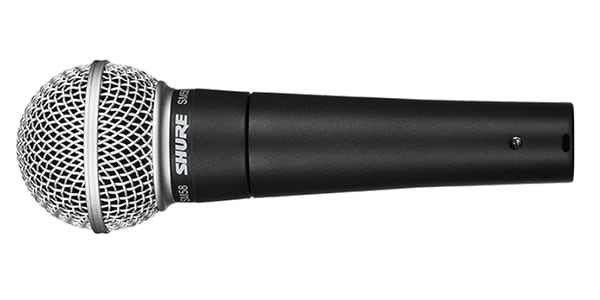
Hello, this is KAN of Sendai Loose Voice!!
This time, I’d like those of you who have "squeezed your throat" while singing to make use of these pointers!!
First of all, what kind of state does throat squeezing vocalization refer to?
It is [a state of vocalization in which an unnecessary force is applied to the throat to force out a voice]!!
I think that many people are concerned about this condition, especially when singing in a high register.
Why is it said that throat squeezing vocalization should be improved immediately?
There are two main reasons for this.
- No matter how much time you spend practicing a singing technique, it’s still difficult to control your voice, so you will feel that you are not singing ideally.
- The vocal cords are strained and can injure your throat.
For example, consider a trumpet. If you don't know how to produce a sound before you try to learn how to play a song, you won't be able to play anything.
In other words, you’re stumbling with making sounds before you even reach a melody.
Songs are the same.
If your "voice" is not good before singing a song, what accumulates can be very dangerous.
How to improve on this?
Even when you say "throat squeezing", the condition varies from person to person.
However, in most cases, the Adam's apple rises excessively (in some cases, the back of the tongue rises in tandem), narrowing the resonance space in the back of the throat, which is caused by unnecessary muscle tension.
This habit is subconscious and needs to be carefully corrected over time.
Simply being conscious of "singing with less tension" or "opening your throat and singing" will probably not be enough to improve.
Outline of specific practice method [2 steps]
① Do not think too much about your throat, as it is okay for your Adam's apple to rise up.
First of all, we will give priority to not making the throat feel strained. (Your Adam’s apple can rise up)
One thing I would like you to notice is that there are times where it is not painful to sing while your Adam's apple rises.
If you stick out your tongue, your Adam's apple will also rise.
Let's try singing out in that state. It shouldn't be too painful.
In other words, when you feel that your throat rising, trying to force it down or reacting to keep it down, will be even more painful.
First of all, your Adam’s apple should be free to rise, so you will experience comfortable vocalization.
One way to do this is to practice singing while continuously moving your jaw and tongue. When singing, this is the first step to "take your mind off your throat".
Use vowels that raise the tongue, such as "e" and "i," and sing with a conscious effort to raise the corners of the mouth and singing with the top half of your face, such as with the nose and between the eyebrows.
Even with this exercise, people who have a habit of squeezing their throat will feel some pain in their throat.
In this case, increase the amount of breath or sing in a falsetto to get a comfortable feeling.

② Physically open the back of your throat
Next, we will start training to stabilize the position of Adam's apple.
Instead of forcibly lowering the Adam's apple, create a "naturally lowered state".
The Adam's apple can be moved independently and can be lowered intentionally, but avoid forcibly lowering it.
It is often said that you should sing with a yawning throat opening, but this is difficult for people whose Adam’s apples rise, and on the contrary, it may generate unnecessary force, so you need to be careful.
The point is, "By creating air pressure in the mouth, the air pressure between the mouth and vocal cords suppresses the rising of the Adam’s apple."
For example, with the word "ho", the lips should be shaped like you’re whistling. In that state, while lightly touching the Adam's apple, try a scale vocalization with the image of playing a wind instrument.
By creating a state where you can hardly release breath out of your mouth, the Adam's apple will stay in a certain position even if the pitch is raised.
"Throat-squeezing vocalization" can be improved by performing vocal pedagogy to control the vocal cords! Some people think that this is an effective practice method for those who do not have an excessive Adam's apple.
The reason is that when the Adam's apple is raised too much, the vocal cords cannot be controlled well.
As a procedure to practice,
1. Relax the throat
2. Get a feel of controlling the vocal cords
This will allow you to change your voice efficiently.
For those who say, "I've been doing vocal pedagogy for many years, but my voice doesn't change...", the procedure may be reversed.
First of all, it is important to reduce unnecessary force on the throat.
What do you think?
Words alone cannot convey the finer nuances, but throat-squeezing vocalization can be improved by practicing using procedures and methods that suit the individual.
Many people who are thinking of studying vocal pedagogy may be concerned about this "throat-squeezing vocalization".
It's a very common incorrect "throat habit".
Please use this as a reference for your voice training!
See you next time!!!























 ライブ配信に必要な機材を徹底解説 オンラインライブの創り方
ライブ配信に必要な機材を徹底解説 オンラインライブの創り方
 BOSS ワイヤレス特集
BOSS ワイヤレス特集
 ミュージックビデオ撮影テクニック!
ミュージックビデオ撮影テクニック!
 タイプで選ぶ「良音」カラオケ配信機材
タイプで選ぶ「良音」カラオケ配信機材
 ワイヤレスマイクロホン
ワイヤレスマイクロホン
 虎の巻 カラオケ初心者講座
虎の巻 カラオケ初心者講座















